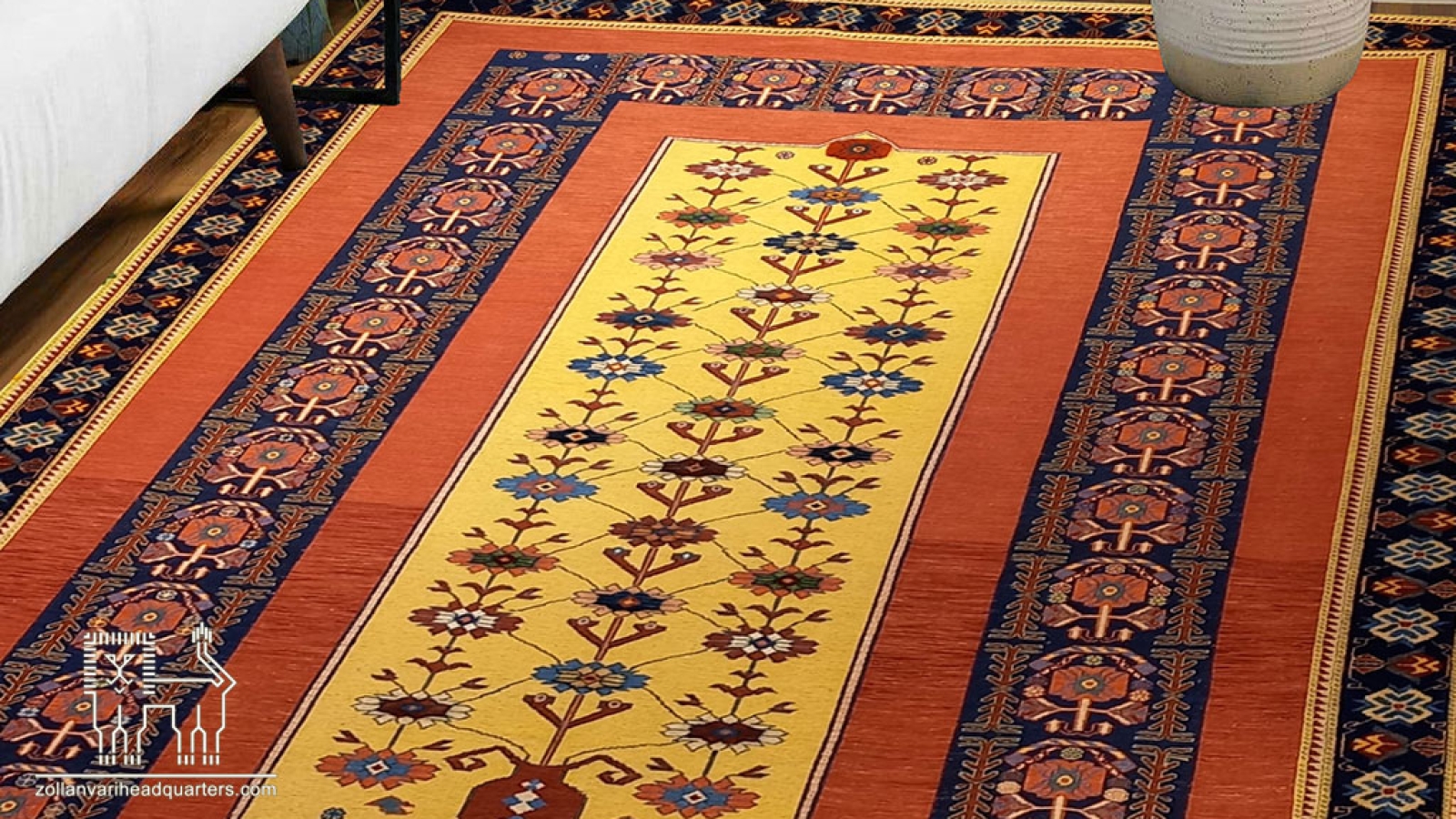Antique Carpets: A Popular Work of Art
Antique carpets, as cultural and artistic treasures, not only add beauty and authenticity to living spaces but also hold significant economic value. Recognizing the authenticity of these carpets requires a keen understanding and attention to detail; factors such as weaving quality, types of dyes, patterns, and even the general condition of the carpet can indicate its age and authenticity. In this article from the Zollanvari website, we will first explore antique carpets broadly and then introduce key points for identifying genuine examples.
What is an Antique Carpet?
Historians agree that any object over a century old can be identified as an antique, emphasizing the historical and cultural value of these items. Among these, carpets that are between 75 and 100 years old hold a special place. Interestingly, a significant portion of antique carpets in the global market are Iranian, showcasing the artistic and cultural achievements of this land. These carpets are not only examples of weaving art but also reflect the civilization and rich history of various nations. To gain a more accurate understanding of antique carpets, it is essential to pay attention to their features.

Features of Antique Carpets
The characteristics of handmade antique carpets, which essentially form the advantages of purchasing these carpets, go beyond their longevity. There are other factors to consider when buying. In general, the specifications of these carpets can be summarized as follows:
- Authentic handmade antique carpets were produced with unparalleled quality over the past century and even earlier, being exported to international markets, leaving only a limited number remaining in the country.
- Due to their age, these carpets are dyed with natural colors, giving them a unique beauty and authenticity.
- Moreover, the design and patterns of these carpets are clearly influenced by the culture of the region where they were woven, showing rich features of cultural and territorial significance, each telling a story of the history and identity of its people.
How to Identify Genuine Antique Carpets from Fakes
Carpets that lack cultural roots or specific traditions, or that have inappropriate designs and colors, cannot be classified as authentic antiques. These carpets are usually designed using two or three balanced color tones, such as cream, red, and brown, with their beauty lying in their weaving and simple pattern diversity. The fibers used in these carpets are made from natural wool, and the colors are obtained naturally without chemical substances. In antique carpets, color uniformity is of special importance, and sudden variations in color are not acceptable. Maintaining these carpets requires special care. They should be aired out every two months and cleaned with a soft broom, and every five years, they should be sent to a reputable carpet cleaning service.
Can We Vacuum an Antique Carpet?
Certainly, the answer to this question is yes. You can not only vacuum an old carpet, but it is necessary to do so. Dust accumulation among the carpet fibers is one of the main causes of its deterioration, and using a vacuum cleaner can help prevent this problem. However, we suggest not placing your old carpets in high-traffic areas, such as hallways, to reduce the need for frequent vacuuming. Additionally, rotate the carpet every few years so that all areas receive equal foot traffic.
Final Words
Antique carpets, as works of art and cultural treasures, possess high beauty and economic value. Recognizing the authenticity of these carpets requires attention to details such as weaving quality, colors, and patterns. An antique carpet refers to items that are over a century old, and antique carpets aged 75 to 100 years are also considered valuable, especially Iranian carpets that represent the rich art and history of this land. We all must strive to preserve and maintain these valuable products.

